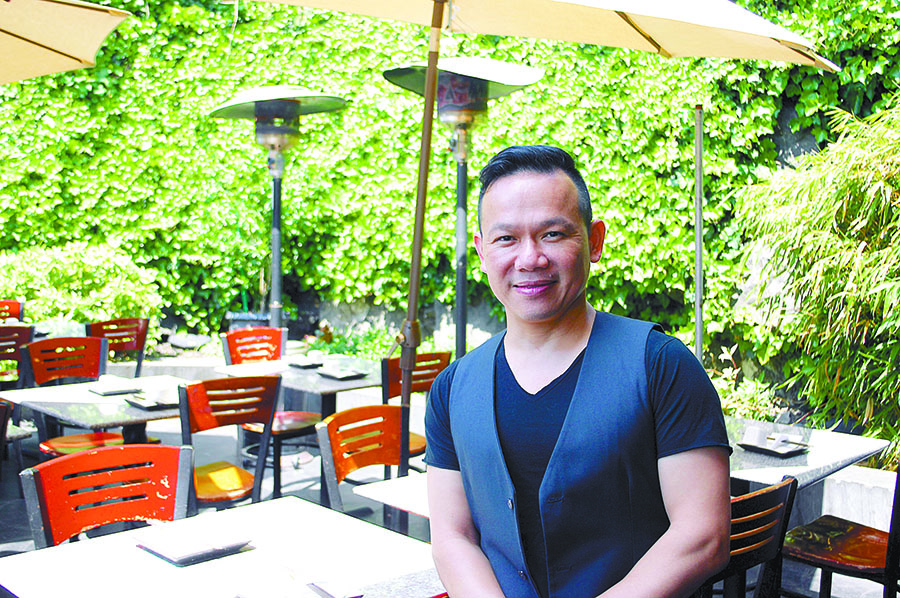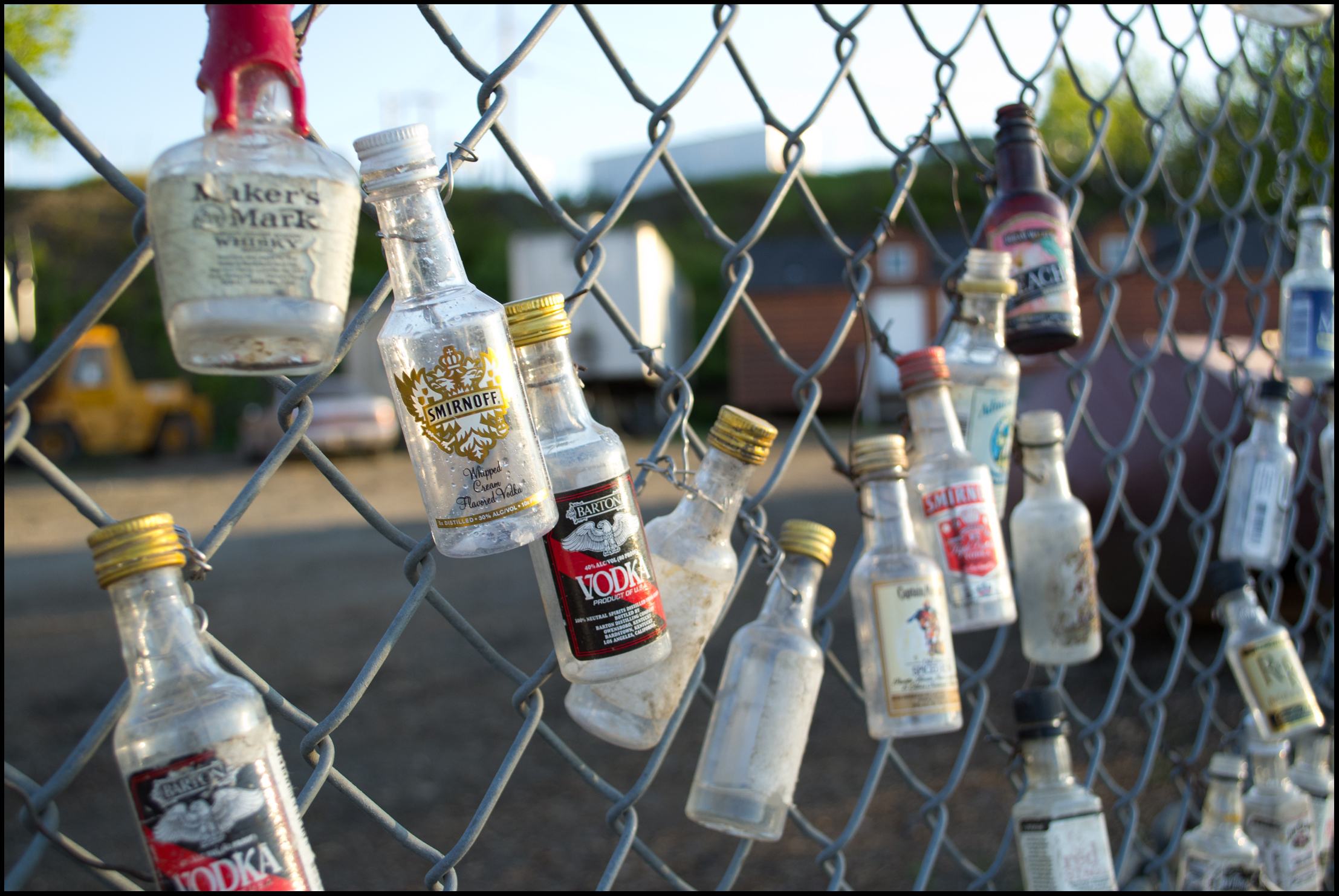You’d be wise to take a closer gander at the flounder on your dinner plate. Why, it might hardly be flounder at all. And those pearly-white scallops reclining over a bed of rice, well, who can be sure they’re really honest to god scallops?A big new seafood study conducted by Oceana, a nonprofit ocean-protection organization, has found that fish eaters are often deceived about their order. The worst offender: sushi bars.Reports The New York Times: ” In the 120 samples labeled red snapper and bought for testing nationwide, for example, 28 different species of fish were found, including 17 that were not even in the snapper family, according to the study.The study also contained surprises, writes The Times, about where consumers were most likely to be misled — sushi bars topped the list in every city studied — while grocery stores proved the most reliable places to buy a fish, the study found that sushi bars, specifically those in Southern California, are the least. In fact, at least 52 percent of the samples tested there turned out to be something other than what they were labeled. There’s some good news, though, as least for us Northwesterners. Salmon-loving Seattle was tied with cod-crazed Boston as having the lowest deception rates.Geographically, the study was bad news for Southern Californians. More than any other region of the country sampled, they were more likely than residents to be eating something that wasn’t on the label or what they were told. Overall, the study, which looked at fish bought and tested in 12 parts of the country, found that nearly one-third of the 1,215 fish samples purchased, from 2010 to 2012, were mislabeled.”Even a relatively education consumer couldn’t look at a whole fish and say, ‘I’m sure that’s a red snapper and lane snapper,” said the study’s chief author, Kimberly Warner.
More Stories From This Author
New state legislation fights catalytic converter theft
Governor Jay Inslee signed a bill on March 26 adding new regulations to the purchase and sale of catalytic converters…
By
Benjamin Leung • April 8, 2024 1:55 pm
Kirkland officer steps down following investigation into bikini barista incident
A Kirkland police officer accused of exhibiting odd behavior toward bikini barista employees while using a city-owned vehicle has resigned…
By
Cameron Sires • April 5, 2024 10:09 pm
KC Sheriff’s Office sues over Burien encampment ban
Office of Law Enforcement Oversight director calls Burien’s ordinance “unconstitutional.”
By
Cameron Sheppard • March 18, 2024 12:32 pm







